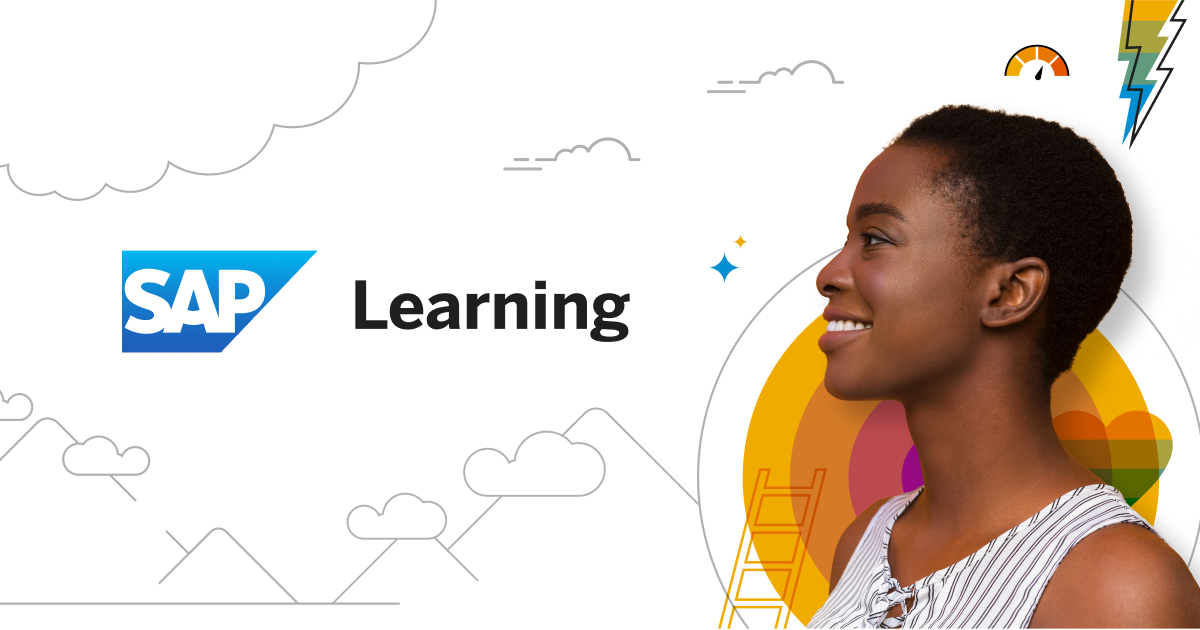The SAP S/4HANA Cloud Public Edition Release Cycle
SAP S/4HANA Cloud Public Edition has two major releases per year in February and August. New business processes, enhancements to existing processes, and other technical features are delivered during a major release. SAP automatically pushes the release enhancements and features to customer systems on the dates defined in the Upgrade & Maintenance schedule.
Enhancements to existing processes will only be applied to customer systems where those processes are already activated. This is relevant for the other technical features too - if the feature is not applicable for the customer's active business processes, the feature would not be applied to that customer's system. Activating a brand new business process is completely up to the customer's discretion, and can be done in SAP Central Business Configuration if they choose to do so.
During the six months between releases, smaller non-disruptive features also become available and a customer may choose whether or not to activate them in their own system. If these smaller non-disruptive features are not activated during the six month period in which they are delivered, they will automatically be activated and available to use after the next major release occurs in February or August. Again, this only applies if the feature is relevant to the business processes already active in the customer's system.

By releasing new features as they are developed, our early adopter customers have the opportunity to turn on and try out the features ahead of the next major release. However our customers who want as little disruption as possible between the major release can simply ignore these smaller features, because they will be turned on at the next major release without the customer needing to take any action.
The code used to identify a release includes the last two digits of the release year, the numerical month (02 or 08), and a reference to each subsequent feature delivery as they are rolled out. For example, if the past major release was August in the year 2024 and two feature deliveries have been published since then, the release code is 2408.2.
Release Upgrade Process Flow: Software Upgrade
Software Upgrade in Test System
Customers are notified by email 6 weeks before an upgrade occurs. On the defined release schedule, the customer's SAP S/4HANA Cloud test system will be upgraded to the latest software release by SAP. During an implementation project, partners are responsible for regression testing, which means testing the existing business processes, with a specific focus on customized processes, in the upgraded test system to determine if everything is performing as expected. The Test Automation Tool can be used to speed up this process. During this time, customizing and development transports can be released and imported into the test system. While you can't import a software collection that includes key user extensions (e.g. custom fields, logic) from the development system to the test system, you can forward what has already been imported in test to the production system.
Software Upgrade in Development and Production Systems
Three weeks after the software upgrade is pushed to the test system, SAP upgrades the development and production systems to the latest software release.
Note
You may not be able to import key user extensions from the previous release into the development and production systems after they have been upgraded.

Release Upgrade Process Flow: Content Upgrade
Content Upgrade in SAP Central Business Configuration & Development System
The content upgrade follows the software upgrade. Changes to business process content are released first in SAP Central Business Configuration, where they are recorded in a transport request and automatically exported to a customer's development system tenants and forwarded to the test system.
Content Upgrade in Test System
If an automation schedule has been set up in the Import Collection app in the test system, the content upgrade will be imported into test based on the schedule. If no schedule has been defined, you can manually import the content upgrade changes to the test system when you're ready and complete regression testing of the business processes. Again, focus on the customized business processes and use the Test Automation Tool to speed up the testing process.
Content Upgrade in Production System
If an automation schedule has been set up in the Import Collection app in the production system, the content upgrade will be imported into production based on the schedule. If no schedule has been defined, you can manually import the content upgrade changes to the production system when you've finished regression testing all business processes in the test system.

Note
The new business process content for a specific software release needs to reach the production system as quickly as possible to ensure all systems are on the same release of both software version and content version. Features delivered in new software versions can have a content dependency, which means the features are only usable if the corresponding content version is also available in the systems. In the What's New Viewer, the filter "Latest Reference Content Version Required" helps you identify features with content dependencies. If the business process content is not upgraded before the next semi-annual software release, the functionality, operability, and security of your software may be impacted. Releasing & importing transports is a manual step by default, but you can set up an automation schedule in the Import Collection app so you don't have to decide when each individual transport request is imported or forwarded. Learn how to automate transports here.







